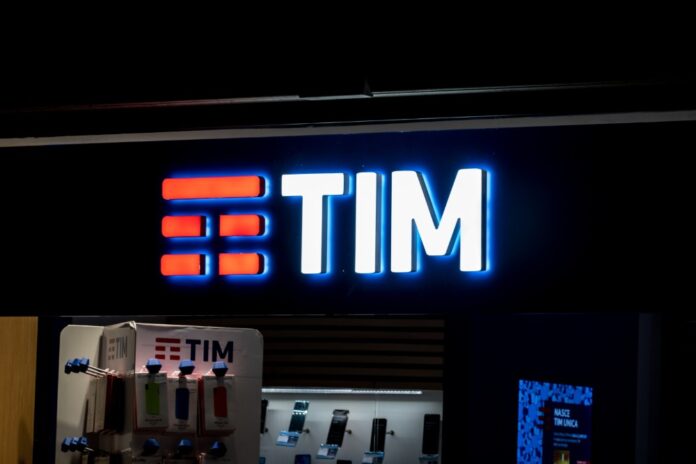Telco confirms its 2023 financial targets, including a stabilisation of domestic service revenue and core earnings
Telecom Italia’s (TIM) domestic revenue, which contributes the bulk of the group’s total sales, rose slightly for the first time in five years to €2.9bn in the telco’s second quarter results.
Total group revenues for the first half of 2023 amounted to €7.8bn, up 3.8% compared to the first half of 2022 (€7.6bn).
The domestic result was boosted by strong performance from its Brazilian unit, together contributing to a 5.6% rise in TIM’s EBITDA for the quarter to €1.6bn. Group total revenues amounted to €4bn.
TIM’s domestic operations are under severe pricing competition and has led its management to try to sell of its fixed infrastructure (NetCo) to US investment firm KKR to tackle its ongoing debt mountain. The telco’s net financial debt rose to €26.1bn euros as of 30 June 30, up from €24.6bn YoY.
In TIM Consumer price rises contributed to the growth as the telco repositions itself as a premium brand. In mobile line losses decreased by 75% compared to the first quarter thanks to the higher number of activations and a lower number of terminations.
TIM said it had the best number porting result among infrastructure operators. After five years, its net balance has (just) returned to positive at 5,000 thousand lines despite a fall in the wider overall market. TIM put this down to competition in the premium end of the mobile market cooling-off.
Enterprise good for cloud and bad for voice
TIM Enterprise saw an increase in total revenues and revenues from services of 1.1% YoY and 2.3% YoY respectively in the quarter, with slightly lower growth compared to the first quarter mainly due to the contraction in legacy connectivity volumes. Cloud was up 13% YoY, other IT services up 8% and Security up 5%. Legacy connectivity and IoT were down 6% and 4% respectively.
Overall, ICT services generated 58% of service revenues in the half year, in line with 2022. TIM said its commercial pipeline had a higher-than-expected boost from the National Strategic Center (PSN) – it was seeing negotiations in progress amounting to around €1bn. The PSN, announced in Oct 22, aims to bring 75% of Italian administrations to use cloud services by 2026.
NetCo sale on track
TIM said the “delayering plan” for the sale of NetCo was underway and it expects a final binding offer no later than 30 September – in a deal expected to be around €23bn. Championed by TIM CEO Pietro Labriola, the plan has won support from some leading officials within Prime Minister Giorgia Meloni’s administration, sources familiar with the matter have told Reuters.
The government has special vetting powers potentially wants to join KKR’s bid to keep a strategic oversight on Italy’s main telecommunications infrastructure. However, French media group Vivendi – with its 24% voting stake – intends to fight against KKR’s offer as it reportedly unhappy with the valuation.
Meanwhile, NetCo reported total revenues and service revenues up 7.8% YoY and 2.2% YoY respectively, thanks to an improved technology mix (from copper to fibre) and new regulated prices for 2023 downstream, approved by the regulator AGCOM which TIM said stopped a 10-year trend of tariff reductions.
Fibre footprint growing
TIM said it was on target to reach 48% fibre coverage by 2025. Also, it aims to reach 80% of the population residing in urban and semi-urban areas with gigabit-capable networks by April 2026.
The telco managed around 15.8m fixed broadband access lines – more than 70% are “ultrabroadband (UBB)” lines – with a market share of 79% and FTTx coverage of around 95% of active lines (around 61% with speeds above 100Mbps).
TIM outlined progress with government initiatives which are part of the National Recovery and Resilience Plan (PNRR). As part of a 5G backhauling tender, TIM connected fibre to more than 1,000 5G mobile radio sites present in 450 municipalities.
In the “Plan Italy 1 Giga” – a government-funded plan to offer download speeds of up to 1Gbps and upload speeds of up to 200 Mbps to 8.5 million out of 26 million households by 2026 – TIM created UBB connections for around 95,000 households in 260 municipalities.



